Punjab economy continues to be a rural oriented economy. About two-third of state’s total population (66.05 per cent) and 70 per cent of the workforce live in rural areas as per Population Census of 2001. About two-fifth of state income originates in the agriculture and allied activities. However, education base of the rural people is very weak and fragile. The literacy rate in rural areas is also very low (65 per cent) compared to urban literacy rate (79 per cent). Although the agricultural led growth has improved the living conditions of rural people, yet a big socio-economic gap exists with regard to the availability of public services, infrastructural facilities, and employment opportunities between the rural and urban people. For instance, people living in cities/towns have access to better schools and colleges, better teachers and without any vacant post, better transport and communication means, better income earning opportunities, etc. Contrary to it, villagers as such are either deprived of better facilities or have to be contended with less efficient ones. They have become disillusioned, especially with their wards’ educational facilities and attainments. Their children have lagged behind both in terms of vertical and horizontal mobility of occupations than that of their urban counterparts. As such, they are unable to compete with the urbanites on the basis of merit. In Punjab or elsewhere, the admission process to professional courses is entirely based on the rank secured in the state/national level tests. In these tests, in fact, there is no level playing field for rural students in the determination of merit/rank, when their school foundation and counseling were much weaker than their urban counterparts.
Anecdotes From Sikh History
$13.50
$15.00

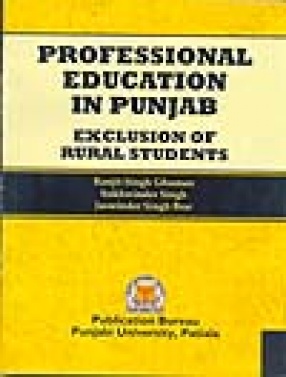


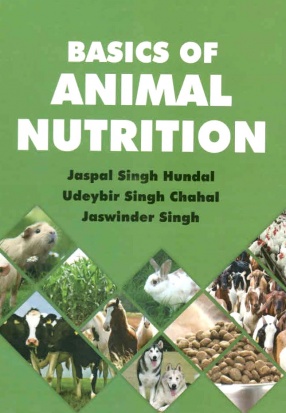
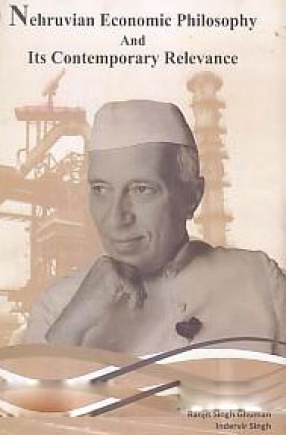
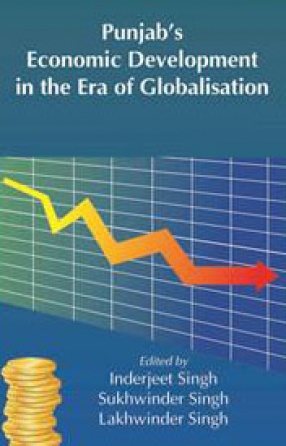
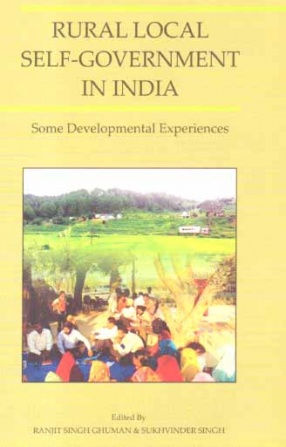

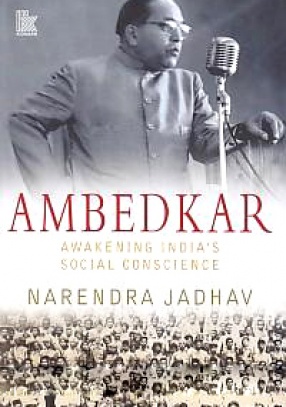
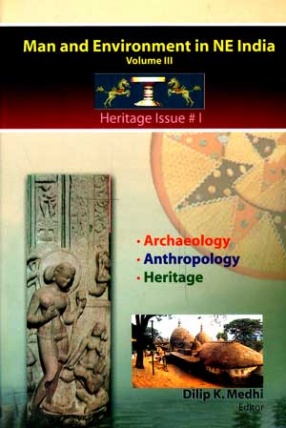
There are no reviews yet.